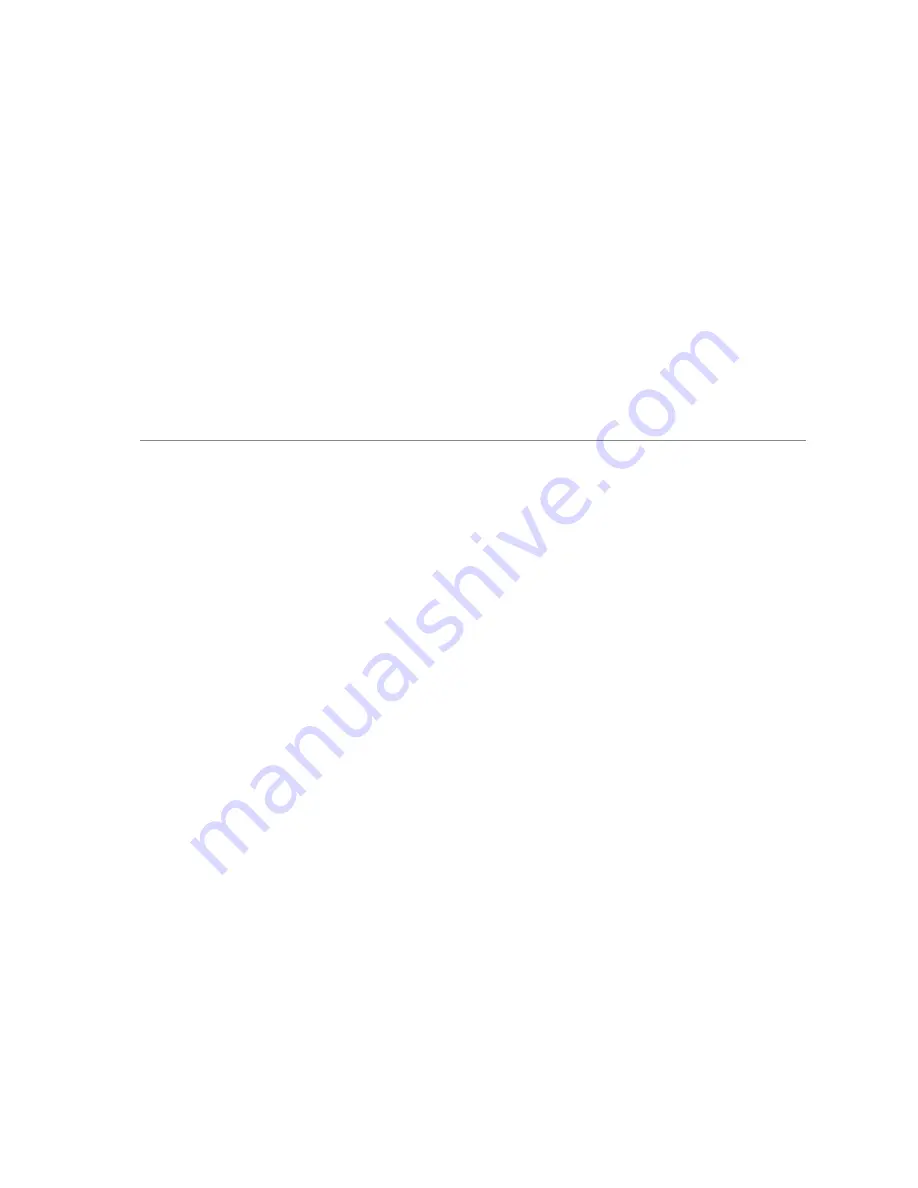
DJANGO : GYPSY JAZZ GUITAR
AMP & CAB SIM
The effect simulates the tone of guitar amplifiers. If switched off, the DI signal goes through
to the output and becomes available for external reamping. The controls are :
●
Bass :
Adjusts the low frequency response of the amplifier.
●
Mid :
Adjusts the midrange frequency response of the amplifier.
●
Treble :
Adjusts the high frequency response of the amplifier.
●
Presence :
Boosts the frequency response in the upper midrange.
●
Reverb :
Adjusts the volume of a vintagetype spring reverb effect.
●
Master :
Adjusts the amplifier’s master volume.
●
Room :
Adjusts the level of the stereo ambient room mics.
●
Cabinet :
Switches between five speaker cabinet styles.
TIPS AND TRICKS / LEAD
● All GUI controls are automatable via MIDI CC. Right click on a control, select "Learn
MIDI CC# Automation" and move the controller you want to assign to it. Refer to Kontakt
manual for more info.
● View or edit MIDI CC in Kontakt’s “Auto” tab (this requires an open Kontakt Browser).
Drag and drop a MIDI CC# on any control in the GUI to assign the CC# to that control.
● Sustain pedal holds the last note played on each string.
● Modwheel during held notes switches between sustained and vibrato notes.
● To reset a GUI control to its default value, CTRL+click on it.
● The Filter effect can add a ‘nasal’ character to the sound, bringing it closer to the other
popular SelmerMaccaferri guitar build, the Ohole.
● Even if you turn off the amp sim in order to use the dry DI signal for external processing,
you can still use the other effect modules as stompboxes.
● For maximum realism, use the minimum Sample Offset value (40ms). This makes it
laggy to play but you can bypass this problem like this : Record your performance with
the Offset set to a higher value, e.g. 20ms or 10ms. During mixing, switch to 40ms
while pushing your MIDI data earlier by the same amount of time, e.g. from 10ms to
40ms means pushing MIDI back (earlier) by 30ms.
● To see a detailed description of the articulation and pick stroke direction of the note
played last, watch the Kontakt status bar (below the Info pane). Note that this bar
disappears in Kontakt’s Minimized view.
● The Kontakt keyboard and info pane can be switched on/off from the toolbar at the top of
Kontakt’s window.
● Keyswitches need to be pressed before the musical note is pressed. Similarly, release
keyswitches need to be pressed before the musical note is released.
Page 15



























